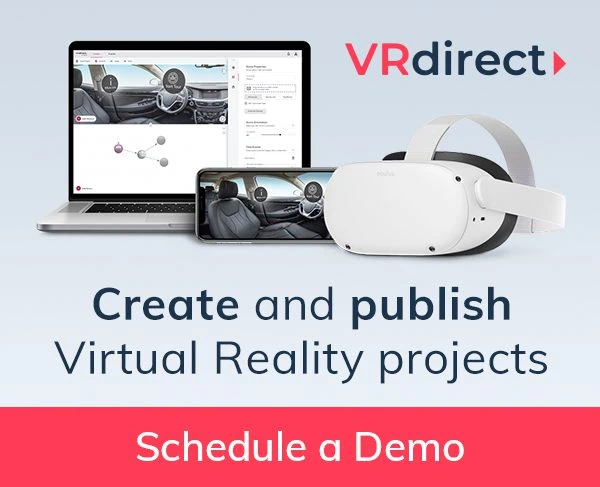Meta’s new flagship, the Meta Quest Pro undoubtedly sets new standards. Meta has succeeded in bringing a premium Virtual Reality headset to the market, which comes with an extraordinarily high-quality feeling, an exclusive haptic and optimized software.
At just 700 grams and evenly distributed weight, the headset feels as light as a feather, making it more enjoyable than ever to use over a long period of time. The Quest Pro is attached by placing it on the forehead and the back of the head and fixing it in place with the side pieces. Using the adjustment wheel, located at the back of the head, you can set how tight or loose the headset should sit. An additional strap, which runs over the head as with the Quest 2 is no longer required, which will especially please people who style their hair. The distance between the eyes, also called IPD, is continuously adjustable from 55-75. The optimal value for the user is measured by means of eye tracking and is shown in the display. That way a sharp image is always shown, without distortion. The distance between the two displays and the eyes themselves can also be adjusted by means of a wheel on the upper front part of the headset, which makes it possible and comfortable to use for people who wear glasses.
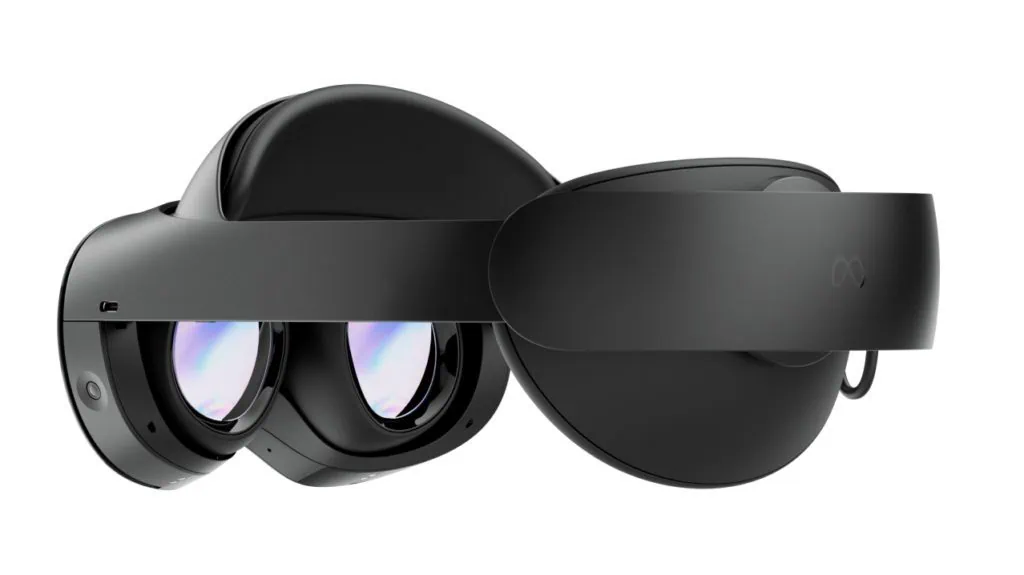
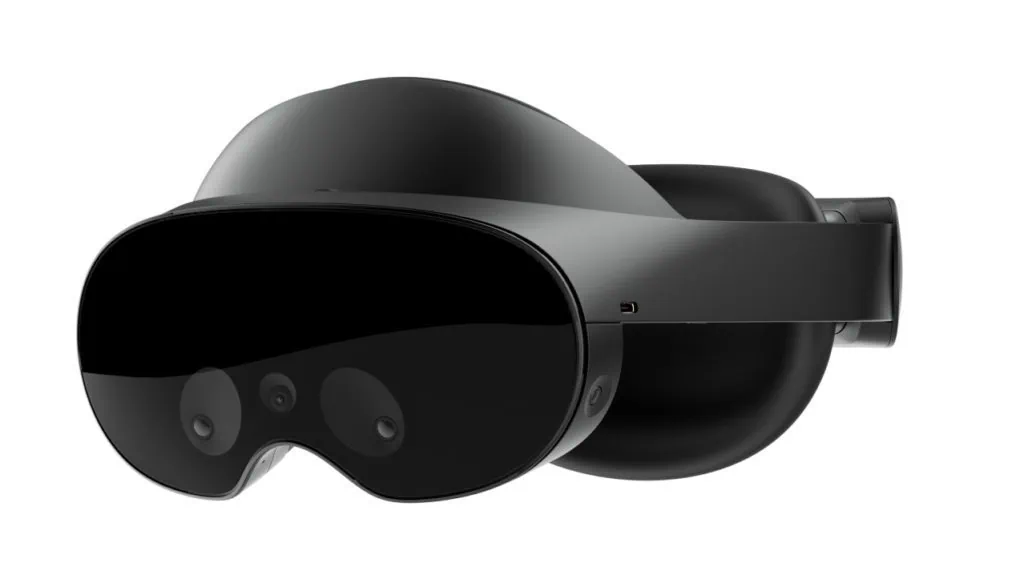
Besides the comfort and design of the Meta Quest Pro, functionalities like hand tracking, facial expression recognition and the RGB passthrough are further highlights. For the latter, three cameras are installed in the front part of the headset, two grayscale cameras, as well as a high-resolution RGB camera. This means that we can now see a live RGB image through the headset for the first time.
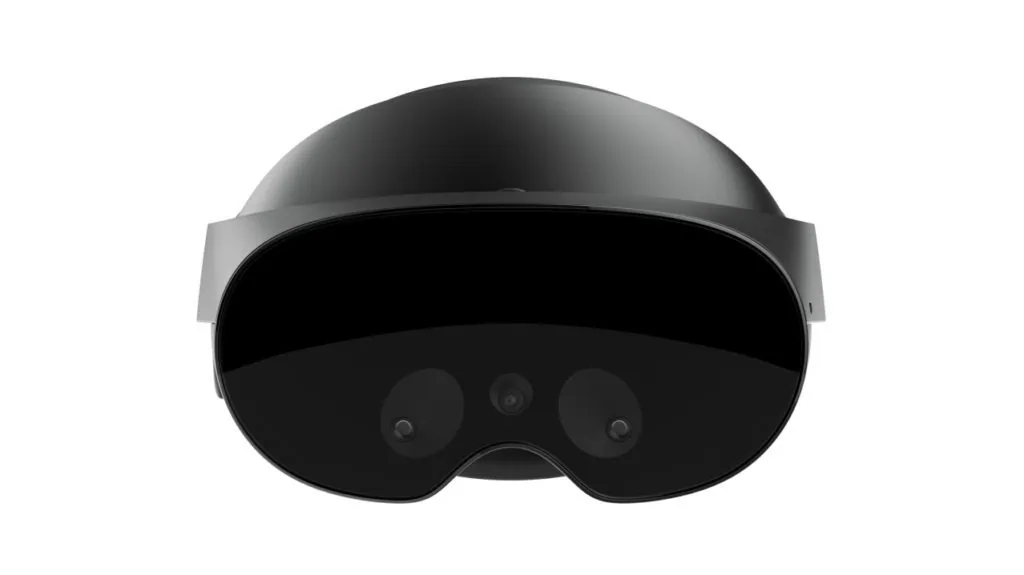
The RGB passthrough is particularly useful for applications that work in Mixed Reality. For example, architectural applications in which 3D models, like a showroom, can be placed in the user’s home and explored. In addition, Meta’s Horizon-Worlds app allows users to integrate their real desk into Virtual Reality by using passthrough to display the keyboard and desk surface while the monitors and surroundings are augmented in 3D. Ultimately, it’s up to the ecosystem and the apps themselves to integrate this feature into their applications in a meaningful way to increase the relevance of the hardware. However, it must be said that the passthrough of the Meta Quest Pro is currently still very noisy and reminds us of an older cell phone recording in terms of looks. This is mainly because not just a flat RGB image is displayed, but a 3D video that the headset calculates in real time from depth information and the RGB image.
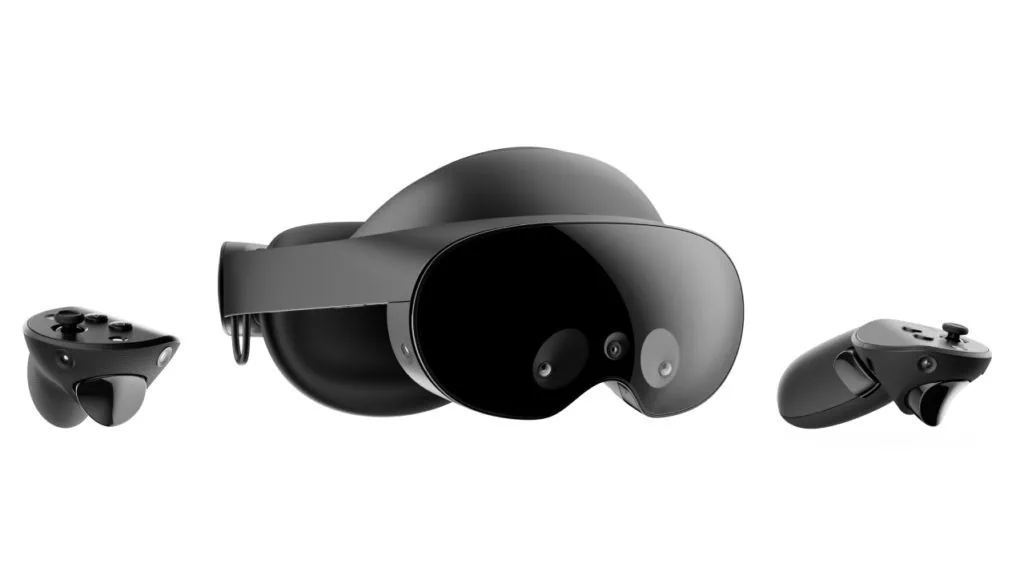
In summary, the Meta Quest Pro is Meta’s premium high-end device and has impressive hardware and is available for 1800,- € for those who value features like hand tracking and facial expression recognition, as well as a premium feel. Included is an elegant charging station that allows the headset and both controllers to be docked and charged at the same time. The Meta Quest Pro is currently not yet available in Germany.
If you want to discuss your Virtual Reality strategy schedule a free demo with us!

